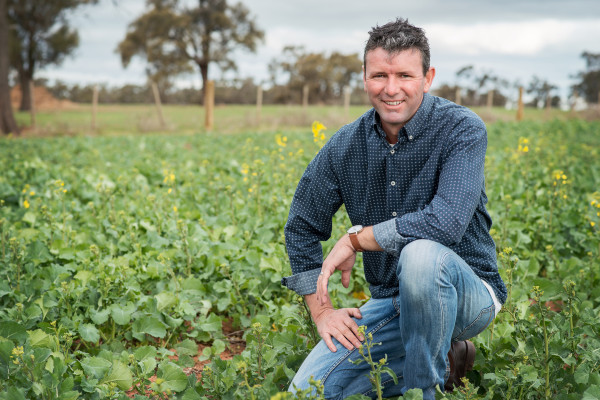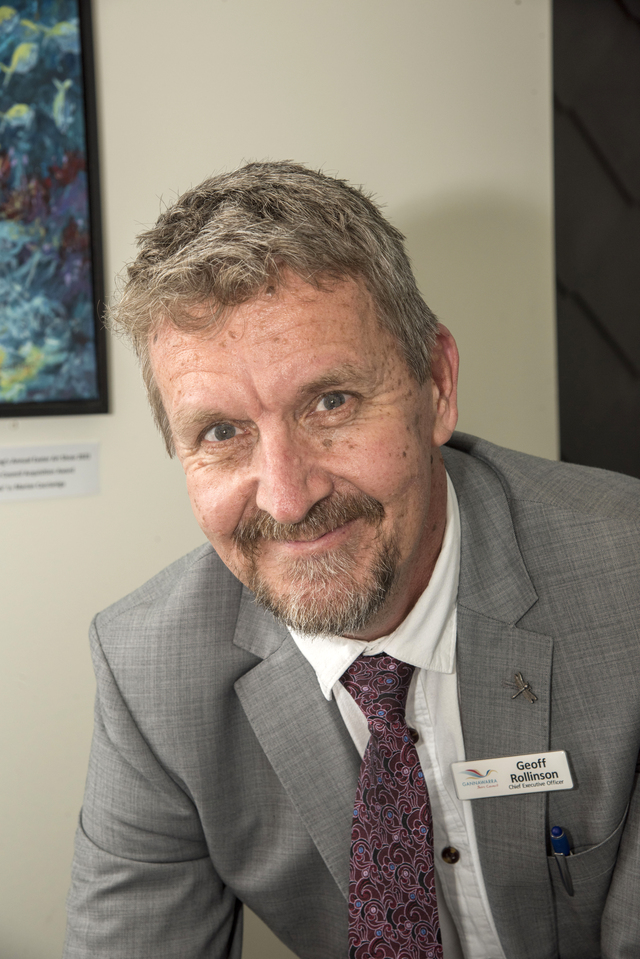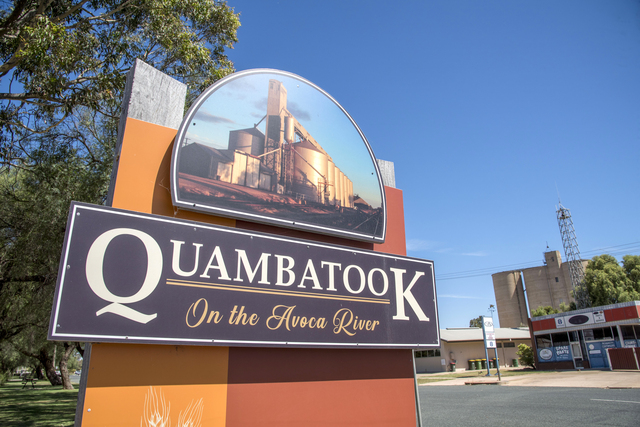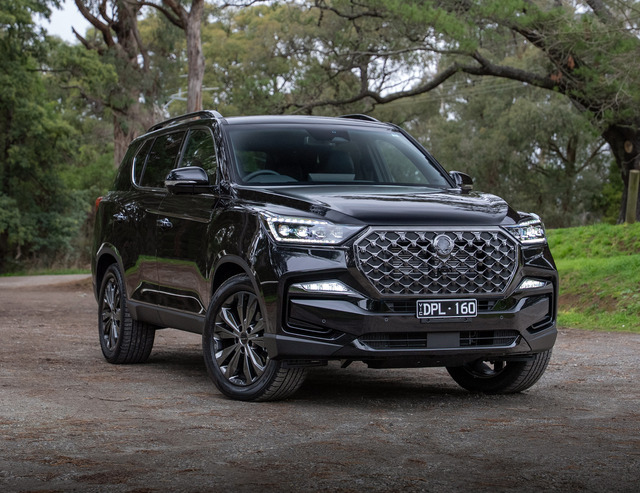THE way Quambatook farmer Brett Hosking will look to the horizon in the future is “up in the air”.
A line on a map is literally all he has seen as he prepares for the inevitability of transmission powerlines stretching across his land as part of the VNI West project.
“Our property gets virtually split straight down the middle,” the grain grower and livestock farmer said.
“We’ve roughly got about six-and-a-half kilometres of VNI West transmission line going through our property, presuming that it all goes ahead.
“For us, it’s very interesting, because they rang us up and they said, ‘Yes, you’re in the 70m wide easement’.
“And I said, ‘Oh, have you got a map or something?’
“They said, ‘Oh, no, we’re going to send the maps out, you know, later on’.”
Mr Hosking said the map arrived last week before a landholder liaison arrived at the property with a map, “literally just a line for our property”.
“It’s like, ‘All right, so what does this mean regarding compensation?’” he said.
“They didn’t yet know and said a valuer would get in touch, but the valuation won’t be the compensation.
“That doesn’t tell us a lot but that’s about as much as we got out of it.”
He said he then asked about the towers and what they would look like or where they would be located.
He said he was told that would be decided by whoever builds the project.
“So, really, all we’ve got is a line,” Mr Hosking said.
“I think the mood of people at the moment is a little bit of maybe confusion, maybe just wondering, ‘Well, how does this work?’
“I don’t think there’s a person in Australia who wants the transmission line built through their property, but if they get the compensation right, if they get the engagement right, if they work with the landholders around things like where you put towers and what they look like, then I think it’s doable.
“But they’re not willing to do that at the moment, so it’s quite frustrating for the landowners.”
Mr Hosking said good engagement and consultation brought people together, the opposite drove them apart.
“I think what we’ve seen is really poor consultation, and it’s driven people into their tribes a little bit,” he said.
“What we’re seeing is the landholders themselves are saying, ‘Hell no, over my dead body’, that sort of thing, which I absolutely get when nobody will tell you what it looks like, what compensation you’re going to get.
“You don’t know how it’s going to impact you when nobody can give you those answers … when you don’t know how it will impact your insurance or your fire risk, or any of that.
“Then on the opposite side, you’ve got VNI West saying, ‘Well, if you don’t come to the party, we’ll compulsorily acquire because the minister’s given us that power’, and that’s not bringing people together either.
“That’s almost saying, ‘Well, we don’t want to engage, we don’t want to have meaningful consultation with you, because we’ve got this trump card, like we’re playing rock paper scissors and ours wins and you can’t beat it’.”
Mr Hosking warned people not to jump into signing agreements with TCV.
“I think until there’s clarity, I think any landholder would be foolish at the moment,” he said.
“I think that’s almost a no brainer.
“I don’t think there is enough information out there for a landholder to say yes to anything yet.”
Mr Hosking conceded transmission lines were necessary as part of a changing network.
“We’re now generating electricity in new places,” he said.
“And now we’ve got to find a way to get it back to where those consumers are. So, yes, it’s necessary, or something is necessary to some level of transmission is necessary.
“But when we go and do it, we have to be able to say we have good science and evidence that this is the right decision, the right piece of infrastructure for this, and this is the right location to put that piece of infrastructure.
“There’s a level of people in the community crying out for that, and then there’s also that piece around saying, ‘Well, it’s not attractive. Let’s not pretend that. So how am I going to be compensated? How are you going to console me to the fact you’ve changed the way I can farm my land. You’ve changed the risk profile in my environment, and you’ve changed the aesthetics of my environment’.
“Everything is still up in the air, quite literally.”
Landholder is a believer in renewables
BRETT Hosking said he is a believer in renewable energy, and added the country needed to create “deep emissions cuts” this decade.
“So there’s no doubt for our climate, we definitely need to be looking at renewable energy sources,” he said.
“I don’t find wind towers offensive in any way.
“And if I walked out my front door in 10 years time and looked on the horizon and there’s a dozen or 20-odd wind towers in one little part of the horizon turning around slowly – my wife will tell you, I’m not romantic – but I find that sort of like quite a romantic thing.
“But if I walked out my door in 10 years time, and all I could see in the horizon were a row of wind towers, that feels a little bit different, that feels almost industrial.
“Somewhere in all of these conversations, we’ve lost that conversation of around what we want our community to look like and what we want our environment to look like.
“And the role and responsibility each one of us have creating that environment for the future.”
Mr Hosking said everyone feared change and it “takes a bit when change happens”.
“There’s always that period of healing and that sort of thing afterwards,” he said.
“It’s important that we do it in a way that creates the least amount of hurt and mistrust.
“Change does create that bit of friction, so let’s make it as comfortable for people as we can.”







